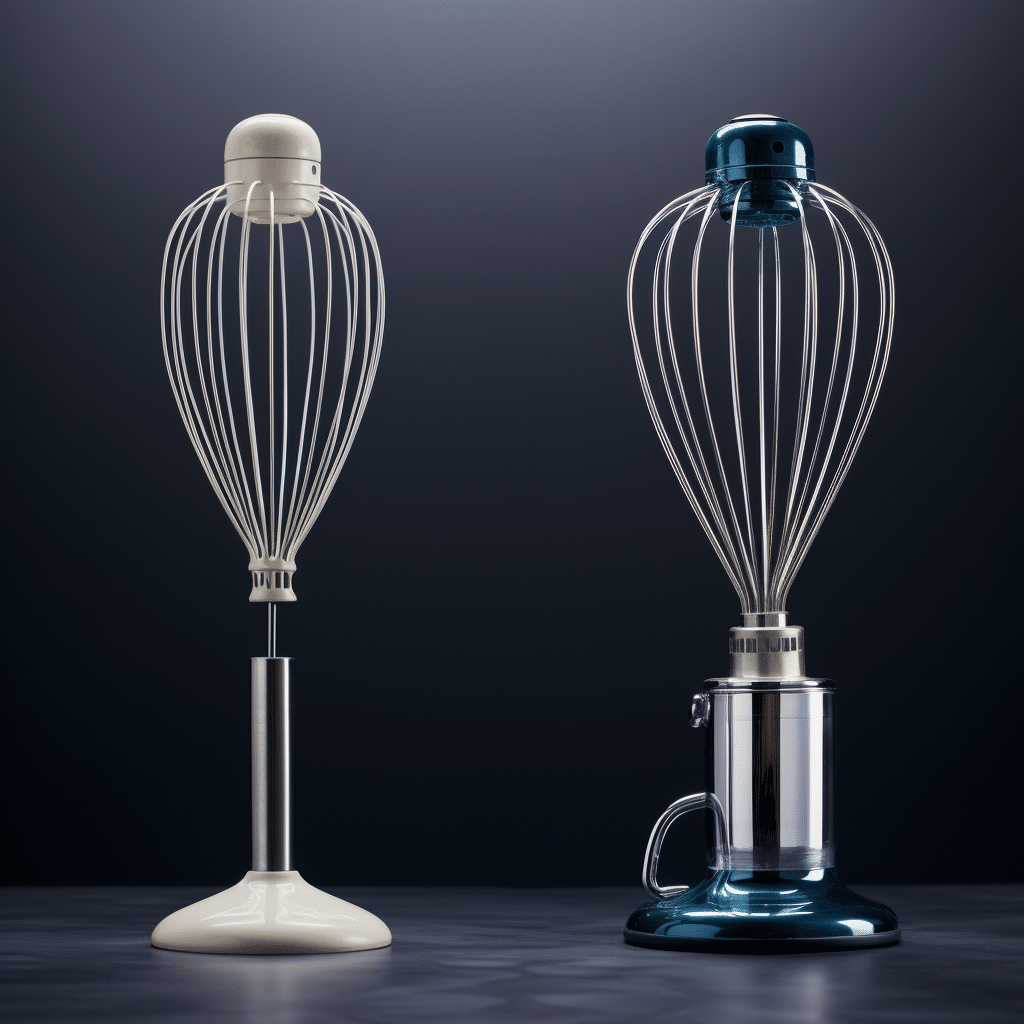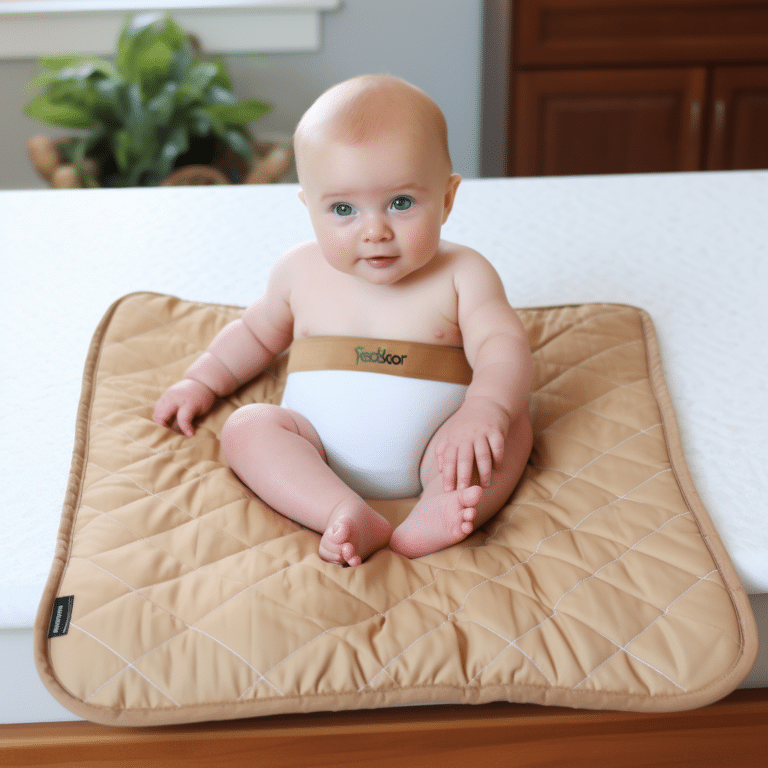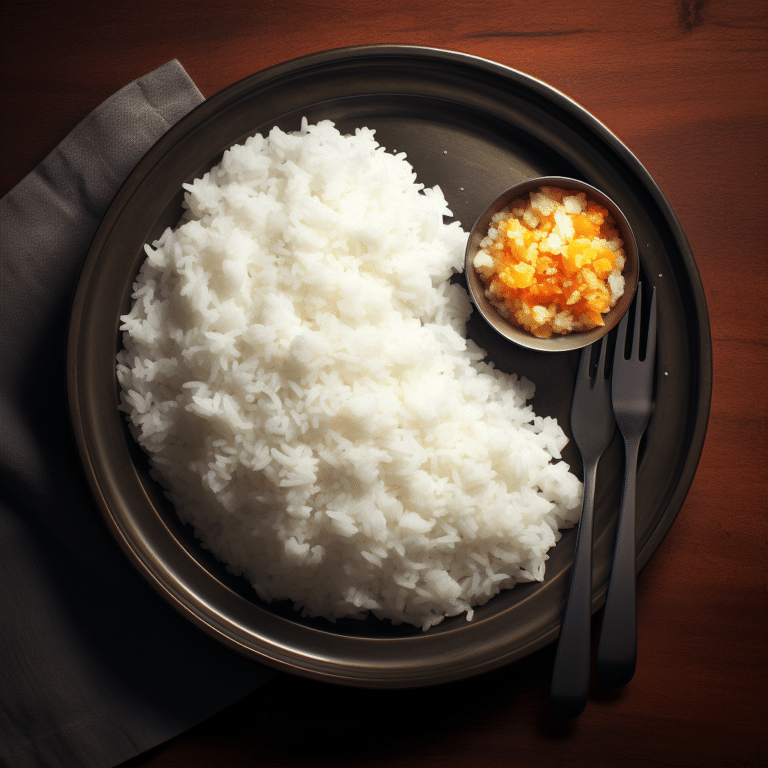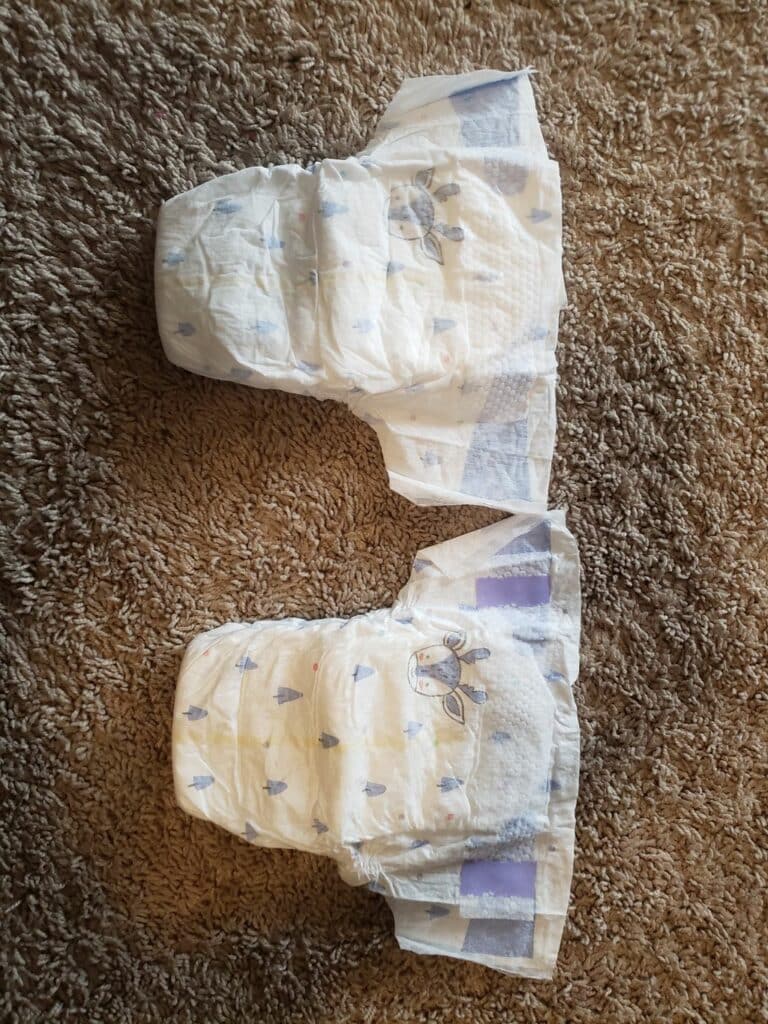Beater vs Whisk: Differences and Uses Explained

Beater vs Whisk: The beater and whisk are essential tools every baker should have in their kitchen. They’re used for various tasks: beating egg whites, whipping cream and more.
The beater is the bigger of the two, typically made of stainless steel or plastic. The whisk is smaller, usually made of wood or plastic, and has a handle that connects to the head and is attached to a long shaft.
Both offer excellent functionality and a wide array of uses, yet they are sometimes confused with each other. In this article, we’ll look closely at what exactly makes one better than the other (and, more importantly- how to cook with either).
What Is a Beater?
Egg beaters are used to whip egg whites. You can use a whisk or a handheld electric mixer to do this, but an egg beater is more efficient.
The ideal eggbeater should be light enough to use comfortably but heavy so that it doesn’t get flimsy when you twist it in your hands. It should also be strong enough to resist breaking in case you drop it or hit it too hard with your hand while using it.
The main purpose of an egg beater is to whip egg whites into stiff peaks or peaks. This process helps create meringues or souffles, which are important when baking cakes and other desserts.
Some egg beaters have additional attachments purchased separately — Beater vs Whisk these attachable pieces range from whisk attachments to cake mixers and even pasta makers! So if you’re looking for an extra-special kitchen tool for your next holiday party or dinner party, consider getting an egg beater as part of your gift package.
How do Egg Beaters Work?
Egg beaters differ from other types of beaters – their shape. The shape of an egg beater makes it possible for you to mix ingredients without having to lift your arm or use both hands.
When you use an ordinary whisk, you’ll need both hands to hold it at the correct angle for beating eggs. This can make it difficult for you to mix smaller amounts of ingredients like creams and sauces because they tend not to have as much volume as eggs do.
What is Whisk?
Whisk is a handheld kitchen tool that allows you to mix and whisk ingredients easily in one hand. It’s a must-have item for any home cook or baker who wants to make their cooking process more efficient and precise.
Whisk is made of stainless steel, so it’s strong enough to handle all types of cooking. Its ergonomic design makes it easy to hold and use, so you don’t have to strain yourself while trying to get the job done right.
You can also use it in the oven to make something like soufflés or meringues. Whisking ingredients is a great way to combine them without transferring them from one container to another.
It’s especially useful when cooking for two people because it’s easier Beater vs Whisk than constantly running back and forth between pots and pans while trying to mix things up!
Differences between Whisk and an Egg Beater
Whisk and egg beaters have different functions but are often used interchangeably. Whisks are designed to whisk eggs and other liquids, while egg beaters are designed to beat eggs and other ingredients for baking. Some people use them interchangeably, but there are some differences between the two tools.
Functionality
A whisk will beat around a bowl of liquid while an egg beater will beat around an already-formed mixture of ingredients to whip up an airy meringue or light batter. Whisks can be more versatile than egg beaters because you can use them to whip up sauces and mixtures of ingredients.
Amounts Needed
Egg beaters come in smaller sizes than their whisk counterparts because. They are designed to be used with smaller amounts of liquid at once. On the other hand, whiskers can be used in larger quantities because they have long handles that. Allow you to hold more liquid at once without spilling it all over the countertop or dropping it from your hands into a bowl below you.
Mixing With a Whisk and Egg Beater
There are several techniques of mixing that you can use to incorporate air into the batter.
Stirring: It is the most basic technique of mixing. To stir, you simply move the whisk or egg beater back and forth in a slow circular motion, or you can use a spatula to move. It in a circular motion.
Beating: In this technique, you will use a whisk or an egg beater to mix the eggs with all the other ingredients. The purpose of this technique is to break down the large proteins into smaller pieces so that the flour can more easily absorb them. This process also helps to aerate the batter so that it is more stable and doesn’t collapse when baked.
Creaming: Creaming involves beating butter, sugar and eggs until they become light and fluffy. This method is used for cakes, cookies and some quick bread. The creaming process breaks down some of the larger proteins into smaller ones, allowing them to be absorbed into the flour more quickly.
Whipping: This is when you use an electric mixer (aka “whip”) to beat air into liquid ingredients like. Heavy cream or egg whites until they become stiff peaks or foams.
Determining Which Baking Attachment To Use
When deciding which type of mixer to use, the two most important. Factors are the size of your recipe and the speed at which it will be mixed.
The first factor is relatively easy to determine. If you’re using a large amount of flour or other dry ingredients in a recipe, then you’ll want a large mixer (e.g., stand mixers). That can do a good job at kneading those ingredients.
If you’re making small batches that don’t require. Much flour or other dry ingredients, then you’ll probably want to use a smaller mixer (e.g., hand mixers).
The second factor is more complicated and depends on how fast you want your batter to be mixed. The faster you want your batter mixed; the smaller your mixer should be (since there’s less time between each turn of the machine’s blade).
The slower you want your batter mixed; the larger your mixer. Should be (since there’s more time between each turn of the machine’s blade).
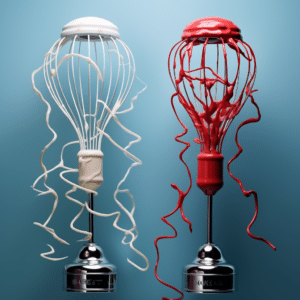
Bottom Line
Beater vs Whisk, there’s no real practical difference between a beater and a whisk. You can use the two interchangeably since they’re best suited to similar tasks. Ultimately, it all comes down to preference and what you feel comfortable. Using when reaching for a tool in your kitchen.
